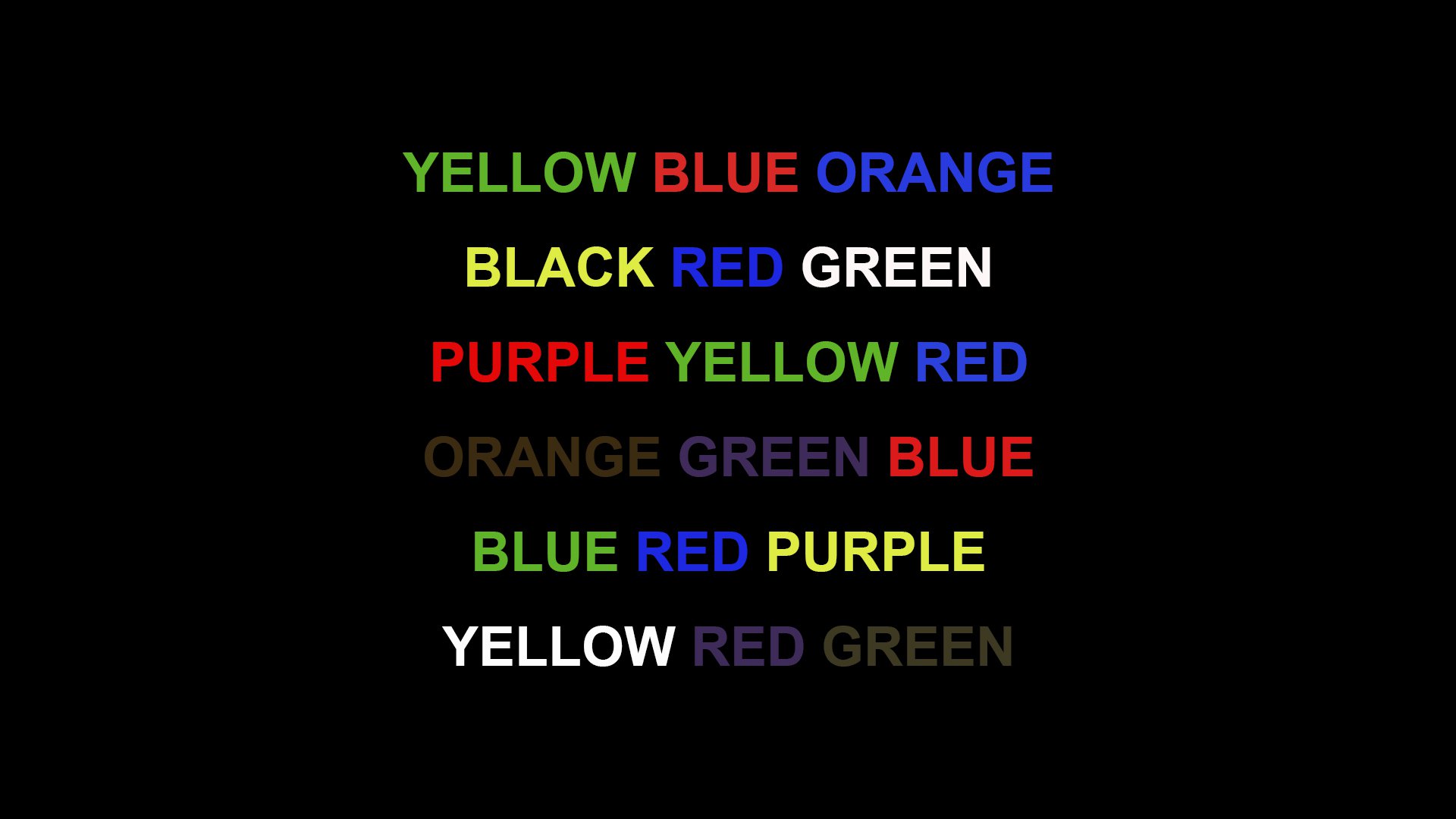- Research News
HBP study unravels brain mechanism of dealing with distractions
24 October 2022
“Target” and “distractor” neurons may shape how the brain handles distracting information
Humans and animals quickly adapt to continuously changing environments and contexts, even when keeping track of very different kinds of information, at the same time. However, the brain mechanisms underlying the processing of conflicting information are not completely understood. Now Human Brain Project (HBP) researchers from the Leuven Brain Institute at KU Leuven (Belgium) have gained new insights into these mechanisms. Studying macaque monkeys, they found effects in behavioral performance that can be linked to a “neuronal congruency effect” in the brain. The results were published recently in Nature Communications.
Processing conflicting information draws on the ability to selectively control our attention, and can cause measurable delays in responsiveness. In psychological tests such as the Stroop task, where people are asked to name the colour of a printed word, reaction times and errors increase when there is a mismatch between the name of the colour itself and the colour that the letters are printed on (for instance, BLUE printed in red colour). This case would be a “high conflict” situation or “incongruent condition”.

HBP study gives new insights into the brain mechanisms to deal with conflicting information.
A theorized mechanism is that people allocate attention to so-called “task-relevant information” while they ignore task-irrelevant information – which, however, still has to be processed to some degree. For instance, in a cocktail party, the perception of the voice of the person you are talking to is typically not dominated by surrounding sounds. But, in some instances, surrounding information might interfere with the conversation, for example when your name is called by someone who is not part of the conversation.
Previous studies have revealed that the brain’s fronto-parietal areas are important players in this conflict processing. But most of these imaging and electrophysiological studies focused on conflict detection and resolution, not on neuronal mechanisms underlying the behavioural congruency effect – or what it is on the level of neurons that makes an incongruent trial slower or more error-prone.
In order to look into this, the researchers at KU Leuven recorded the activity in the frontal eye fields, a region located in the frontal cortex, during a task that involved shifting attention. They found a behavioural congruency effect that can be linked to a neuronal congruency effect in this region of the brain. This effect is carried by “target” neurons and “distractor” neurons, which process target and distractor-related information, respectively.
They propose that such mechanisms may be generalised to other conflict paradigms. For example, trials with the word RED printed in red are congruent trials, while BLUE printed in red are incongruent trials. Reporting red would be correct in both cases. With these results, the researchers predict that “red-coding” neurons, or target neurons, will respond higher, while “blue coding” or distractor neurons will respond lower when RED is printed in red, and vice versa in the incongruent trials.
Text by Helen Mendes
Reference:
Yao, T., Vanduffel, W. Neuronal congruency effects in macaque prefrontal cortex. Nat Commun 13, 4702 (2022). https://doi.org/10.1038/s41467-022-32382-1



